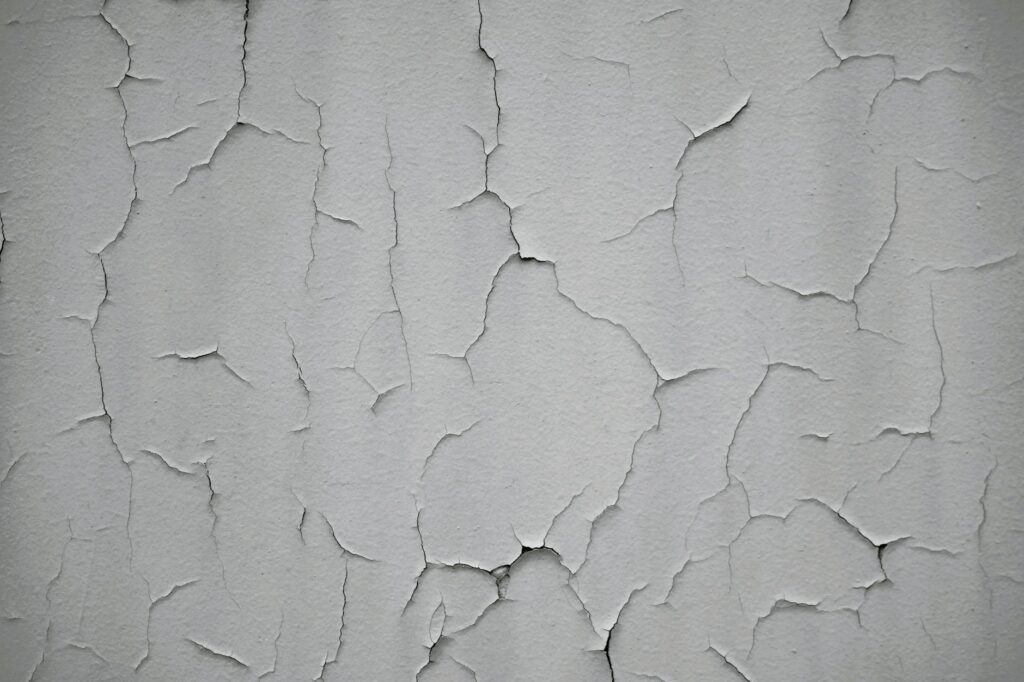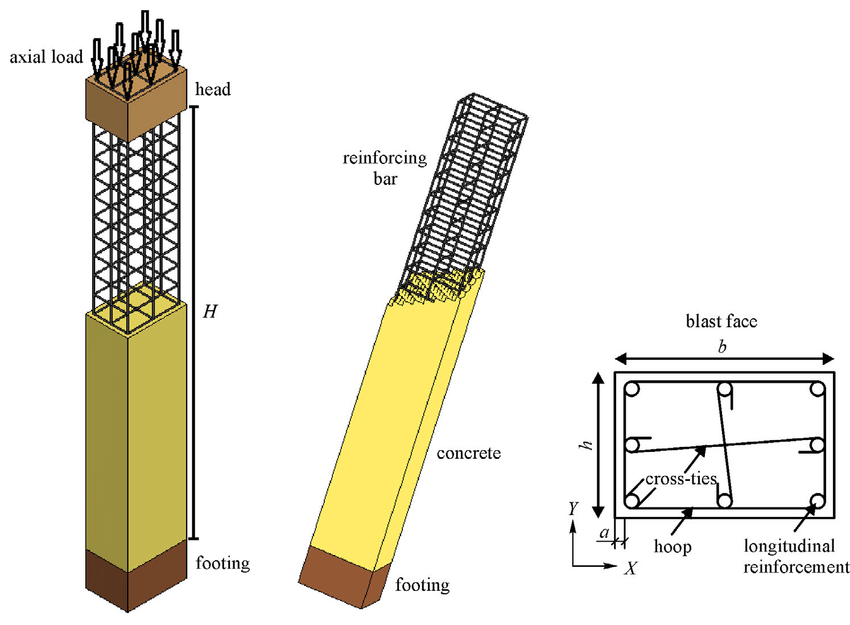Foundation cracks can be a homeowner’s worst nightmare, but understanding the causes and solutions empowers you to take control. This guide will walk you through the process of identifying, assessing, and repairing foundation cracks, helping you avoid costly mistakes and ensure the structural integrity of your home.
Identifying Foundation Cracks
The first step is accurately identifying the type of crack. Hairline cracks are usually cosmetic, while larger, wider cracks may indicate more serious structural issues. Take photos and note the location, size, and direction of each crack.  Consider consulting a structural engineer if you’re unsure about the severity of the damage. This helpful resource can assist in crack identification.
Consider consulting a structural engineer if you’re unsure about the severity of the damage. This helpful resource can assist in crack identification.
Assessing the Severity
Not all cracks require immediate repair. Factors to consider include the crack’s width, length, depth, and whether it’s actively growing. A crack that’s wider at the top than the bottom may suggest settlement issues. If you notice any movement or widening, contact a professional immediately. Learn more about assessing crack severity here.
DIY Repairs for Minor Cracks
For small, hairline cracks that aren’t widening, DIY repairs might be an option. This typically involves cleaning the crack, applying a sealant, and then caulking for a watertight seal. [IMAGE_2_HERE] Always choose a high-quality, flexible sealant designed for exterior use. Check out this sealant review.
When to Call a Professional
Larger cracks, those that are widening, or cracks accompanied by other structural problems (like bowing walls or sticking doors) require professional intervention. A qualified contractor can assess the damage and recommend the appropriate repair strategy, which may include underpinning, crack injection, or other advanced techniques. [IMAGE_3_HERE]
Understanding Foundation Settlement
Many foundation cracks are caused by soil settlement or expansion. Understanding the underlying cause is crucial for effective repair. Factors like soil type, drainage, and even tree roots can contribute to foundation movement. Proper drainage around your foundation is vital. Learn how to improve your foundation drainage.
Crack Injection Techniques
Crack injection is a common repair method for larger cracks. This involves injecting epoxy resin or polyurethane foam into the crack to fill it and stabilize the foundation. This technique is best left to experienced professionals, as improper injection can cause further damage. Find a qualified contractor near you.
Underpinning Your Foundation
In severe cases, underpinning may be necessary to strengthen the foundation. This involves installing support systems beneath the foundation to lift and stabilize it. Underpinning is a major undertaking and should only be done by a qualified professional. [IMAGE_4_HERE]
Preventing Future Cracks
Regular inspection and maintenance are key to preventing future cracks. Addressing drainage issues promptly, keeping gutters clear, and ensuring proper soil compaction around your foundation can significantly reduce the risk of foundation problems. Read more about preventative maintenance.
By understanding the causes and solutions for foundation cracks, you can protect your home’s structural integrity and avoid costly repairs down the line. Remember to always consult with a professional for larger or concerning cracks.
Frequently Asked Questions
What causes foundation cracks? Foundation cracks are often caused by soil movement, poor drainage, shrinking or swelling clay soils, and tree roots.
How much does foundation repair cost? The cost varies greatly depending on the severity of the damage and the type of repair needed. It’s best to obtain quotes from several contractors.
How can I prevent foundation cracks? Maintain proper drainage around your home, address any soil erosion, and inspect your foundation regularly for signs of cracking or settlement.
What are the signs of a serious foundation crack? Wide cracks, cracks that are widening, cracks that are stepped or vertical, and cracks accompanied by other structural damage are all signs of serious problems.
How long does foundation repair take? Repair time varies depending on the size and complexity of the damage, but it could take several days or even weeks for larger repairs.

